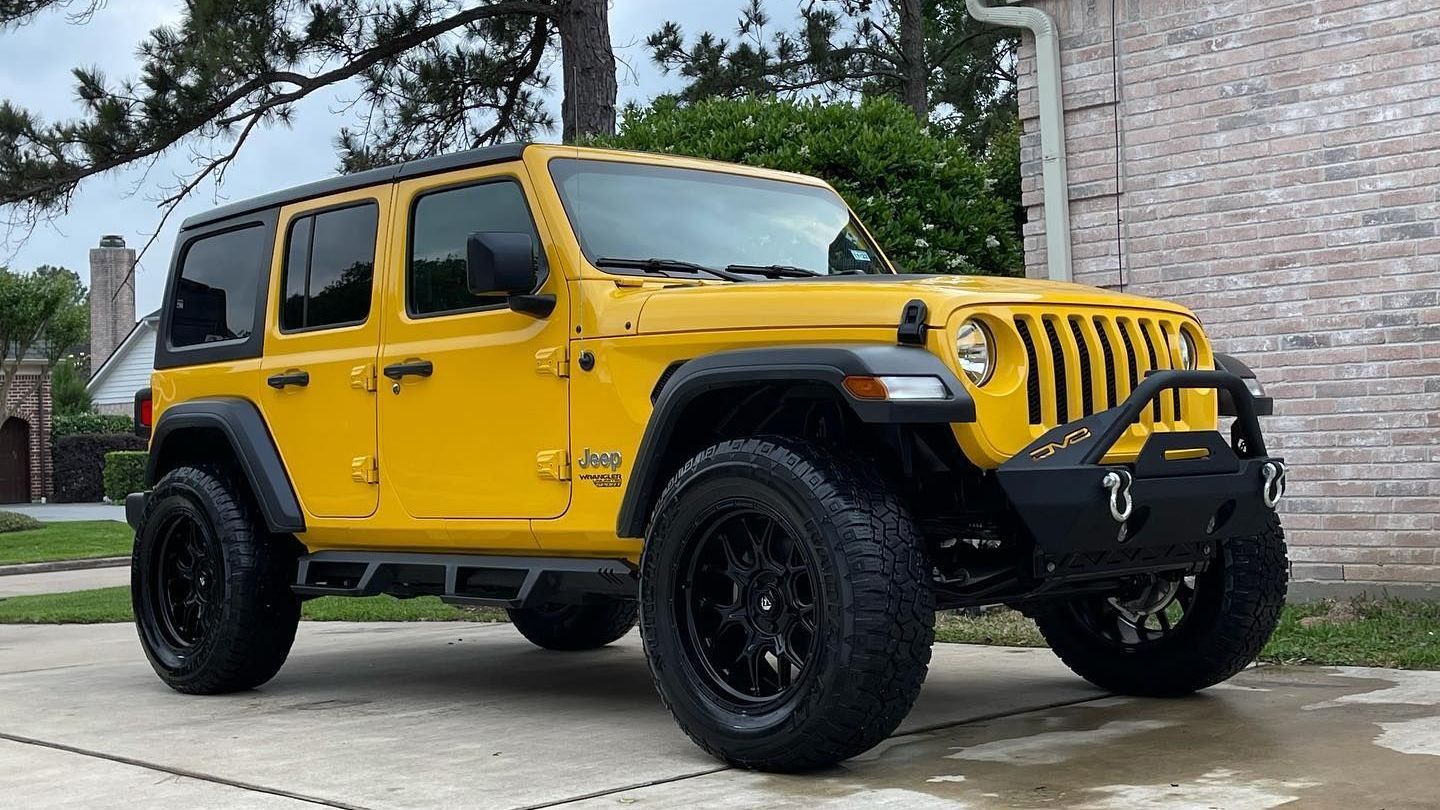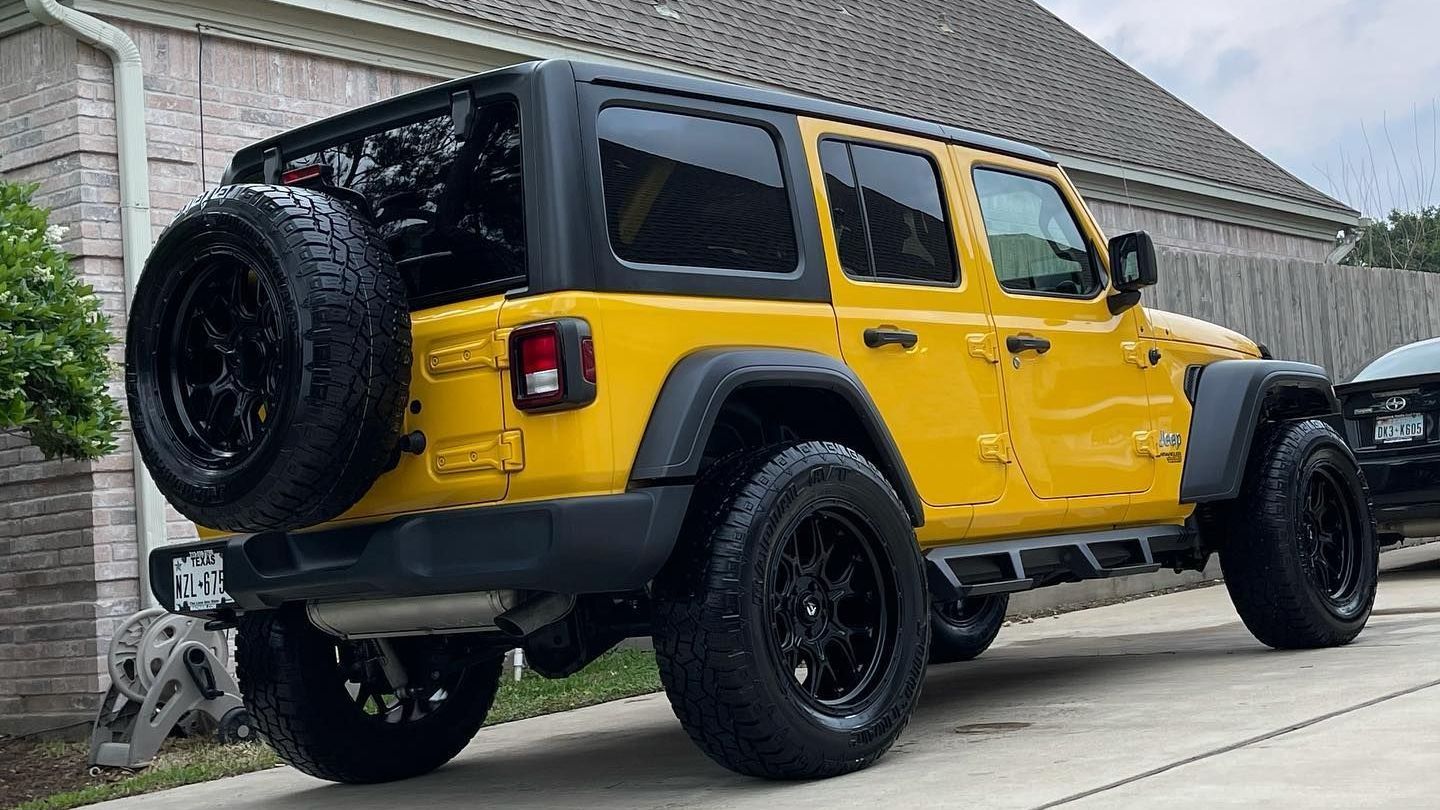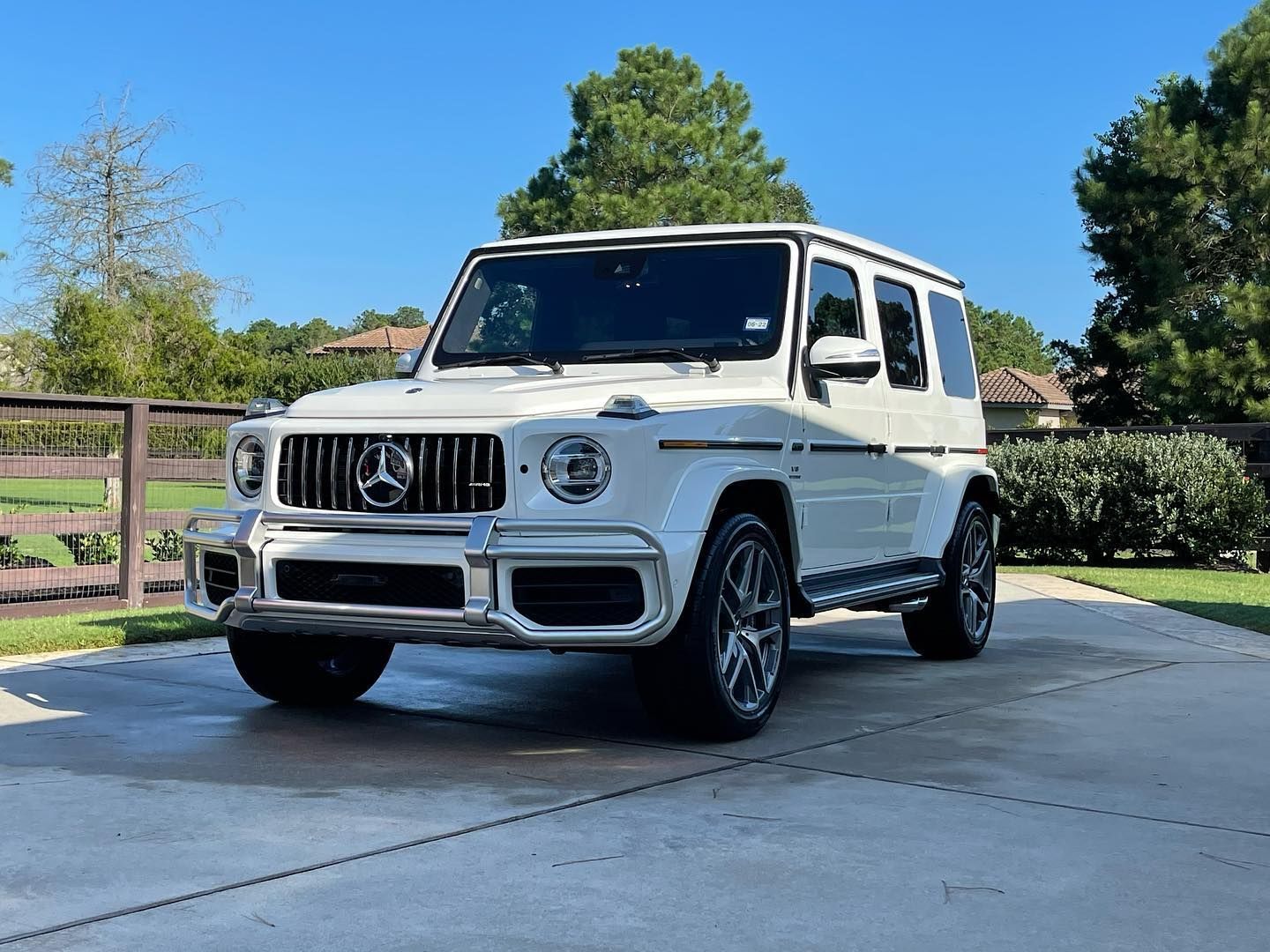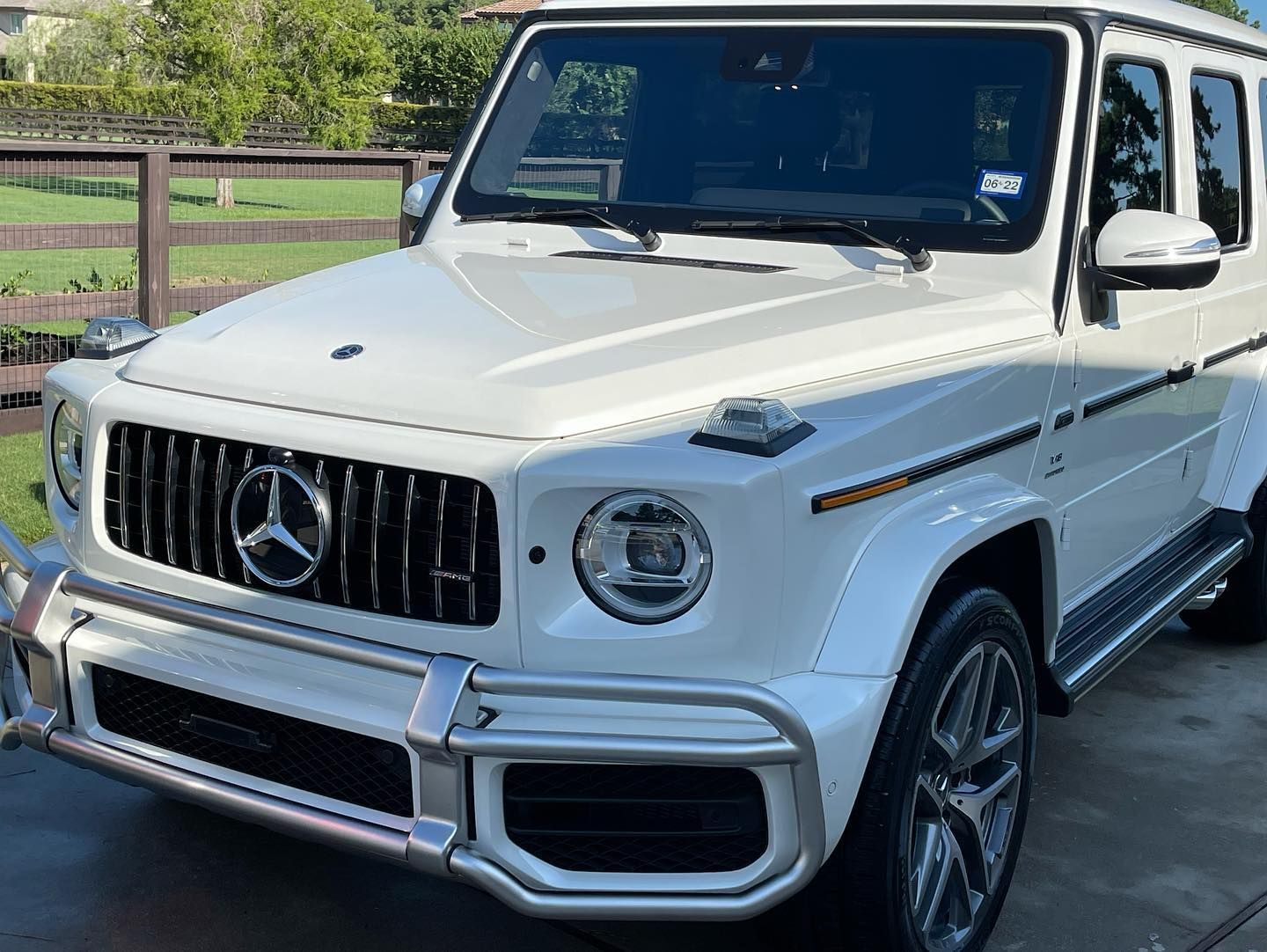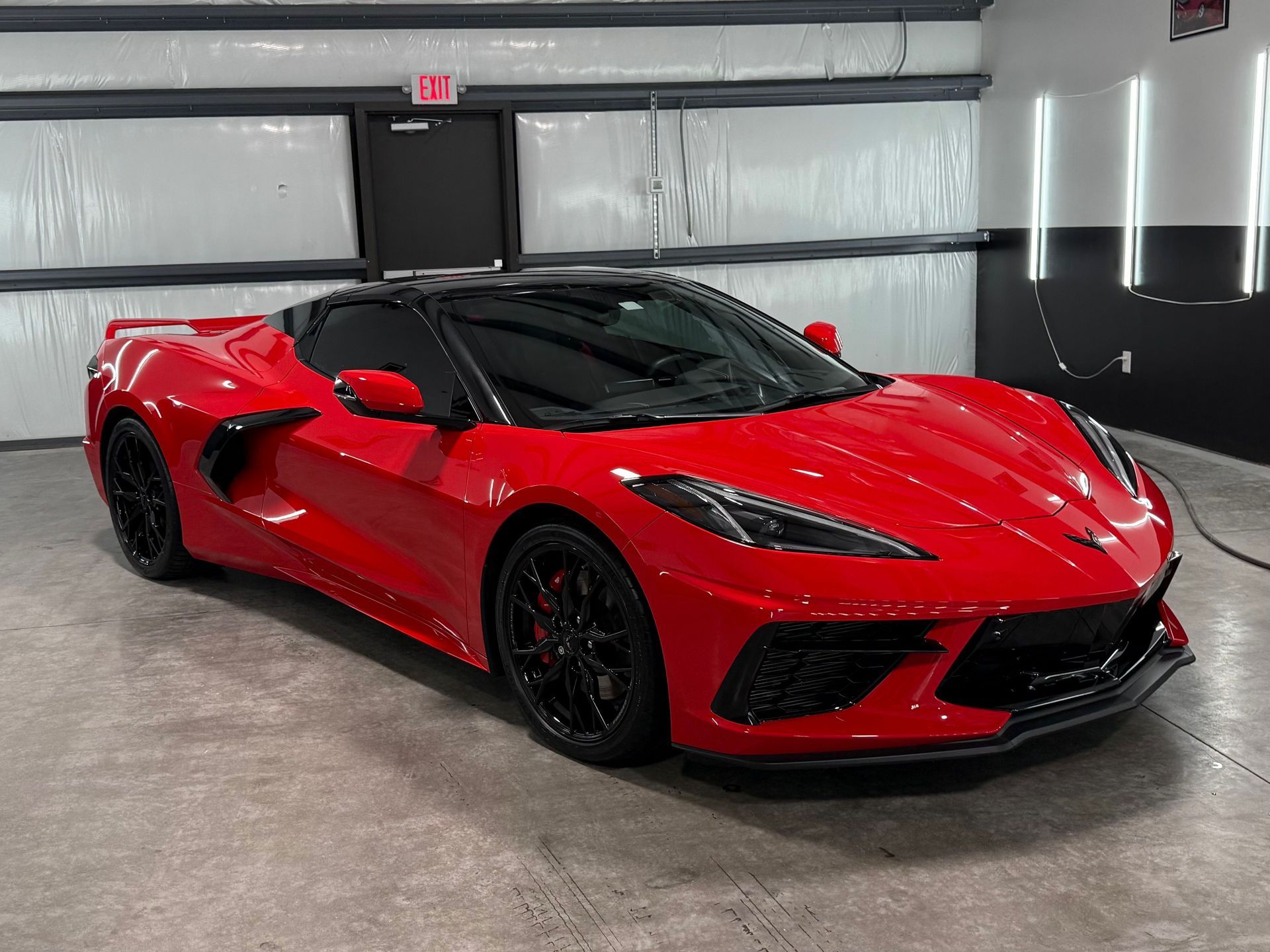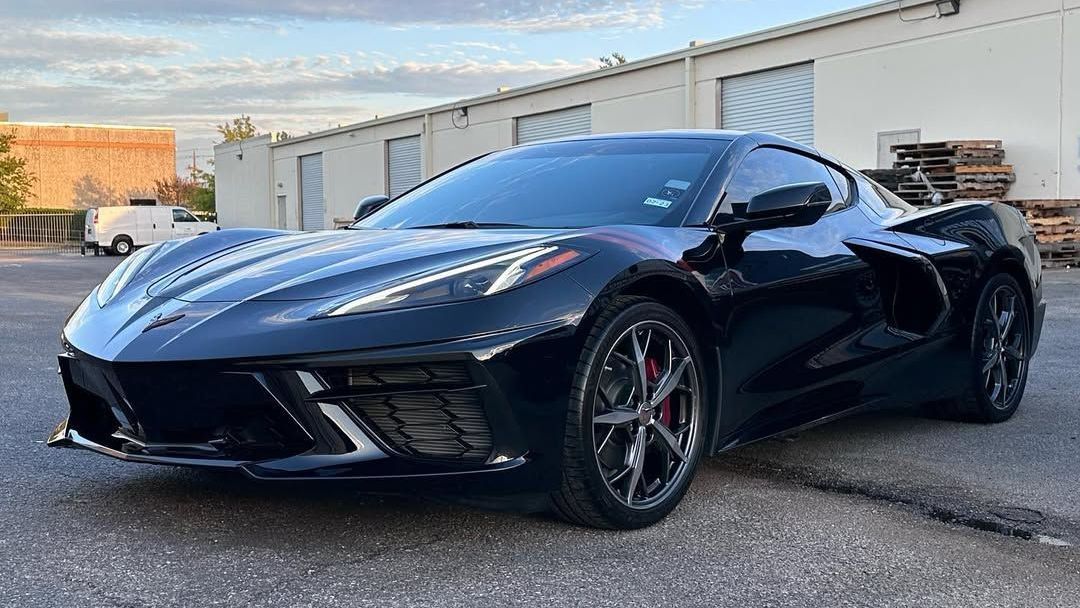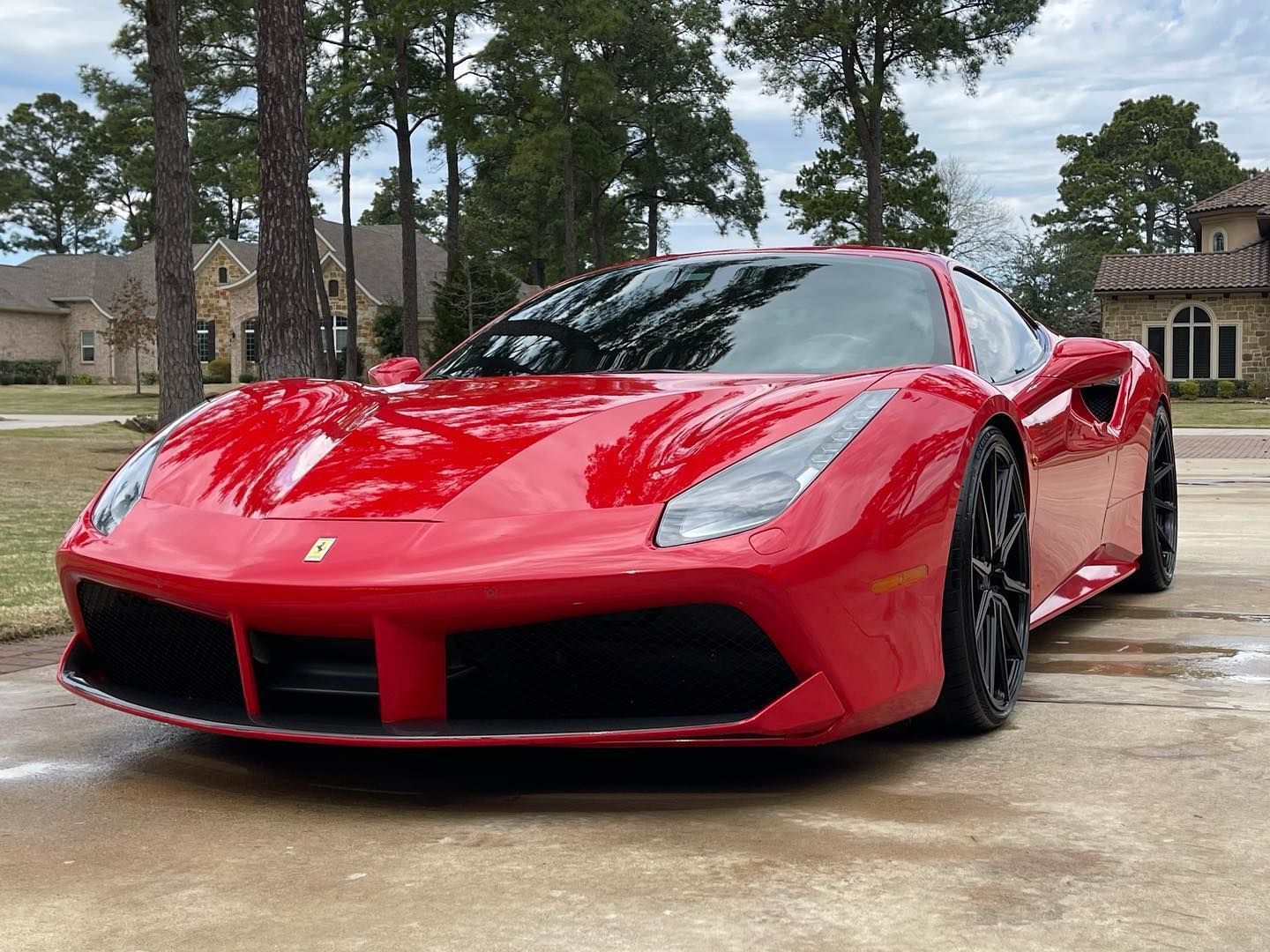Car Paint Protection Film: Is It Worth the Investment for Your Vehicle?
GET A QUOTE NOWCALL (281) 705-3482
When it comes to keeping your car looking sharp, many owners face a common dilemma: how to protect that glossy finish from scratches and dings. Have you ever parked your car only to find tiny chips on the hood from road debris or wondered if those pesky bird droppings would harm your paint? This is where car paint protection film (PPF) steps in as a guardian for your vehicle. It's not just about aesthetics—it's also about preserving the value of your investment. Investing in car paint protection film can be worthwhile for those who want to protect their vehicle from scratches and minor damage, especially in high-risk areas like the hood and front bumper. Although the initial costs can be significant, PPF helps maintain your vehicle's appearance over time, potentially saving money on repainting and enhancing resale value.
What is Car Paint Protection Film?
Car Paint Protection Film, or PPF, is a remarkable innovation in vehicle maintenance. This clear layer of thermoplastic urethane is designed to be applied to the exterior surfaces of cars, creating a protective barrier against everyday damage. Picture it as an invisible shield that prevents scratches, stone chips, and harmful contaminants from ruining the paintwork. Originally engineered for military applications to safeguard helicopter blades, the technology has successfully transitioned into the automotive world over the past few decades. The installation of PPF involves covering high-risk areas of a vehicle—like the hood, fenders, bumpers, and mirrors—where damage is most likely to occur. Once applied, PPF forms a durable layer over your car's paint, effectively absorbing minor impacts and preventing chipping or scratching of the original surface beneath it. Many users report that their car remains cleaner for longer because the film helps repel dirt and grime.
One of the most fascinating aspects of modern PPF is its self-healing properties. When exposed to heat—whether from sunlight or warm water—imperfections like minor scratches and swirl marks can literally disappear. This means that regular wear and tear doesn't have to translate into an eyesore on your vehicle's exterior. The thickness of PPF usually ranges from 6 to 8 mils, offering robust protection without significantly altering your car's aesthetics. It blocks up to 99% of harmful UV rays, which prevents paint fading and oxidation over time. High-quality PPF can last between 5 and 10 years depending on environmental conditions and maintenance practices. When considering PPF for your vehicle, remember that professional installation is crucial. Improperly applied film can lead to issues such as bubbles or misalignment, so choosing an experienced installer who knows how to handle this delicate process correctly is essential.
Benefits of Paint Protection Film
One of the most significant advantages of PPF is its ability to provide protection from debris. Imagine driving down a busy highway, feeling confident that your car's exterior is well-guarded against stones, gravel, and road debris flying at high speeds. For those who commute daily or frequently travel on roads where such hazards are a concern, this extra layer can make all the difference. PPF mitigates the risk of scratches and chips, effectively acting as a buffer between your pristine paint and the perils of the road. PPF excels at preserving paint quality by effectively shielding the original paint from environmental factors such as dirt, bird droppings, and UV rays. This helps maintain that coveted showroom finish, which is especially important for luxury and sports cars where visual appeal is paramount. The investment in PPF pays dividends over time, as it helps sustain the vehicle's pristine appearance without necessitating constant touch-ups or corrections. The financial implications of installing PPF shouldn't be overlooked either. Repainting a vehicle can be extremely costly, often ranging from several thousand dollars depending on factors such as vehicle type and paint quality. In contrast, while PPF might require a significant upfront investment, it significantly reduces or even eliminates the need for costly repainting jobs down the line. This means you're likely saving money in the long run by avoiding expensive repairs to restore your car's appearance after wear and tear. All these benefits culminate in offering peace of mind to car owners. The assurance that your vehicle is shielded against everyday hazards allows you to drive freely without worrying about damaging your investment. Whether it's a casual weekend drive or a daily commute, PPF supplies both psychological comfort and tangible returns on investment by keeping your vehicle looking sharp year-round.
Costs and Financial Considerations
The initial investment for PPF varies significantly based on coverage. A full car application typically ranges from several thousand dollars, while partial applications, such as front-end protection, cost considerably less. If you're looking to protect specific panels only, the price drops further to a more accessible range. While these numbers might seem steep initially, they pale in comparison when you consider the alternative costs involved with ongoing maintenance or repairs. When you weigh the cost of having to frequently fix paint chips and scratches against this one-time application fee, the math can quickly start working in favor of protection. Investing in PPF isn't merely about upfront costs—it's also about understanding potential long-term savings. Car owners who invest in full PPF coverage often avoid spending significantly more over ten years on paint maintenance, including touch-ups due to rock chips or environmental wear and tear. This kind of calculation illustrates how investing in PPF can be financially beneficial down the road. However, there are critics who argue that without owning a high-end model or driving in particularly harsh environments, spending such amounts might not be justifiable. Their perspective hinges on the notion that not all vehicles—especially those that are parked safely and handled delicately—require extensive protective measures like PPF.
Comparing Paint Protection Options
It's crucial to understand how PPF stacks up against other paint protection methods to make an informed decision. Paint sealants and ceramic coatings are the main alternatives, each with their own advantages and drawbacks. Paint sealants, often liquid-based solutions, excel in providing a protective layer with a shiny finish. However, they require reapplication every 6 to 12 months, and this frequent upkeep can become quite costly over time. PPF offers an attractive advantage by providing multi-year protection against scratches, chips, and environmental hazards without the need for constant touch-ups. Ceramic coatings are renowned for their ability to deliver a hard, glossy finish that enhances your vehicle's aesthetic while lasting up to two years. They effectively repel water and dirt due to their hydrophobic properties, making cleaning your car easier. Yet, despite these strengths, ceramic coatings fall short in impact resistance. Unlike PPF, which acts as a barrier against physical damage such as scratches or road debris, ceramic coatings do not provide that level of protection. For those seeking comprehensive vehicle protection, many experts recommend applying PPF alongside ceramic coatings. This combination allows you to take advantage of the aesthetics offered by ceramic while benefiting from the robust physical defense provided by PPF, thus enhancing longevity while maintaining that showroom shine.
Evaluating the Investment Value
When considering whether to invest in PPF, you should weigh both the financial implications and the intangibles of vehicle care. One key aspect is the impact on resale value. Vehicles with well-maintained paintwork can command higher prices upon resale, an advantage that tends to be more pronounced with luxury and sports cars, where aesthetics play a pivotal role in buyers' decisions. However, for standard makes and models, the financial benefit due to PPF may not be as evident. It's important to consider that while PPF may enhance the selling price marginally, the actual return on investment often varies based on vehicle type and market demand. The psychological value of PPF merges with financial wisdom when evaluating such investments. Protecting your car from dents and scratches offers more than just physical safety—it breeds confidence and peace of mind. Furthermore, it's essential to address concerns regarding longevity. Some skeptics point out that PPF can yellow or bubble over time, particularly if poorly applied. This could lead to additional costs as replacements or corrective actions may be necessary down the line. While modern films have improved durability compared to older generations, ensuring you choose a reputable installer remains paramount.
Professional vs. DIY Installation
The decision between professional installation and attempting a DIY approach requires careful consideration. Professional installation offers several advantages, primarily centered around quality and precision. When experts handle the job, they ensure not just a clean application but also an attractive finish that adheres expertly to the vehicle. This means minimal risk of bubbles forming or edges lifting over time—issues that can compromise the integrity of the film and your investment. Professional installation costs vary depending on how extensive the PPF application is. While this upfront cost may seem significant, many car owners find peace of mind knowing their investment is protected by experienced hands. One of the major advantages of turning to professionals is their mastery in navigating complex vehicle geometries. They know how to tackle tricky curves, contours, and cutouts effectively—something that can be particularly beneficial for owners of newer, more sophisticated vehicles. DIY kits may appeal with lower initial price tags but come with significant caveats. These kits require a considerable investment of your time and effort. Successfully applying PPF by yourself isn't merely about placing film on your car—it's a meticulous task that demands patience, precision, and practice to execute correctly. Many people who venture into DIY installations face challenges such as bubbles, peeling edges, and uneven application—common pitfalls that arise when skills are lacking. What might begin as an opportunity for cost savings can quickly turn problematic if the result lacks aesthetic appeal or protective effectiveness.
Making the Right Choice
As you evaluate these factors, consider your driving habits and vehicle usage. Do you frequently drive in environments where road debris is prevalent? If so, investing in professional installation could prove invaluable in preserving your car's aesthetics and value over time. However, if your vehicle is rarely exposed to rough conditions and you're confident in your abilities, a DIY approach might suffice—though many risks should be considered for those who choose this path. The choice between professional installation or a DIY kit should be guided not just by cost considerations but also by a realistic assessment of both your abilities and how much wear and tear your car will face on the road. Automotive experts largely agree that for high-value vehicles or cars subjected to regular wear and tear, investing in PPF is wise. It provides long-term protection while delivering much-needed peace of mind. Consider your individual driving habits and how often your vehicle is exposed to potential damage. Ultimately, while experiences vary widely, they serve as integral pieces of a larger puzzle designed to help you better understand whether paint protection film is a fitting choice for your vehicle.
Paint protection film represents a significant investment in your vehicle's future. While the upfront costs may seem substantial, the long-term benefits of maintaining your car's appearance, protecting against environmental damage, and potentially enhancing resale value make it an attractive option for many vehicle owners. Whether you choose professional installation or decide to tackle the project yourself, PPF can provide the peace of mind that comes with knowing your investment is well-protected against the everyday hazards of the road.
Expert Paint Protection Film Installation in Houston, TX
At Chow’s Detailing, we specialize in
precision-installed paint protection film (PPF) that keeps your vehicle looking showroom-new while standing up to Houston’s unpredictable roads and weather. Our high-quality PPF acts as an invisible barrier, helping to guard against road debris, environmental elements, and daily wear. Whether you’re protecting a luxury ride or your daily driver, our team ensures seamless coverage and a flawless finish.
Book your PPF service today and drive with confidence knowing your vehicle’s finish is protected!

